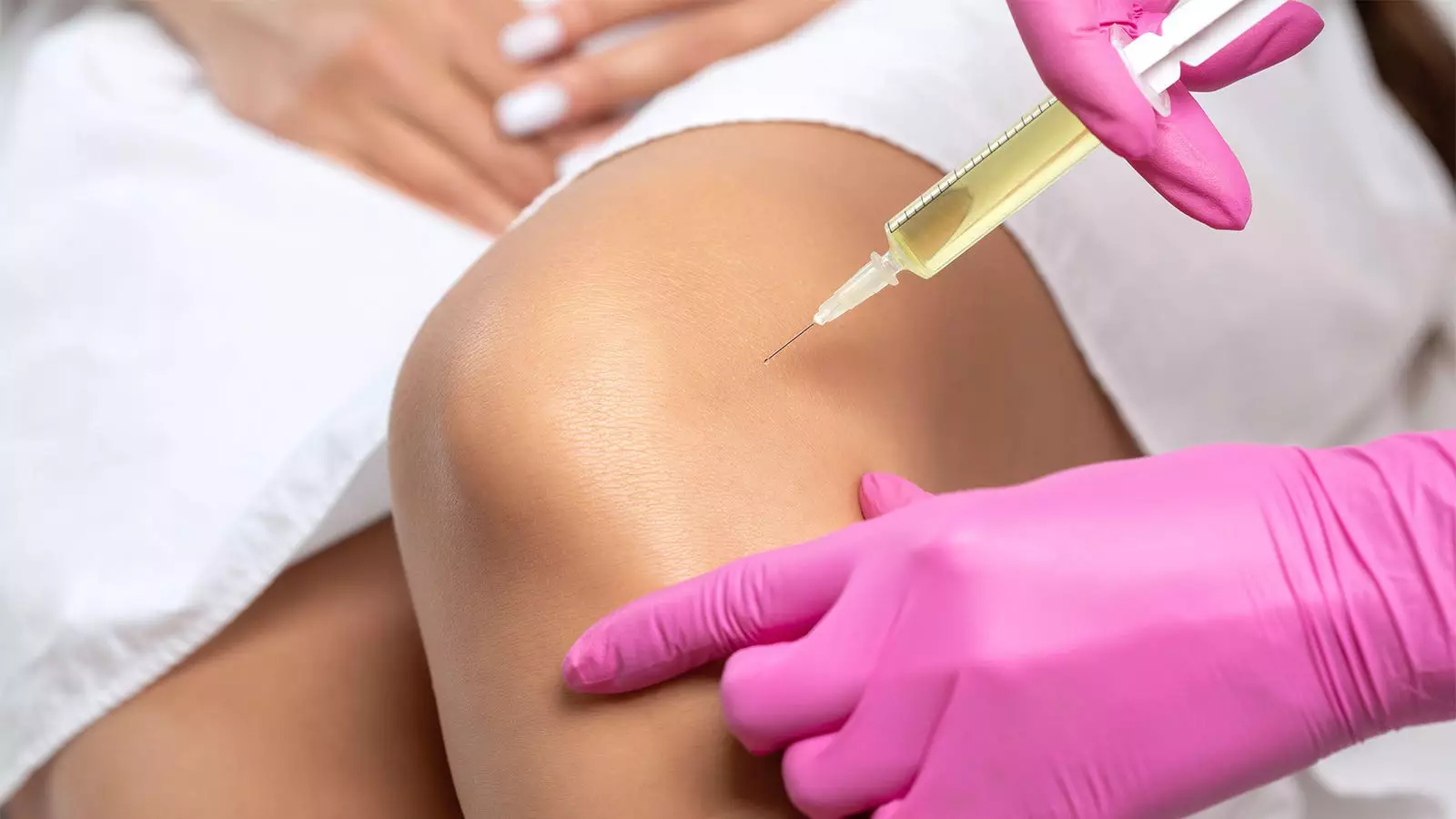The excitement surrounding stem cell therapies has given rise to a myriad of unproven treatments marketed directly to consumers. In countries like Australia and Canada, the emergence of these therapies has led to significant public health concerns, drawing the attention of regulatory bodies. The direct-to-consumer model, which thrives on the allure of quick cures and unverified scientific claims, is particularly notorious for exploiting vulnerable patients. These concerns have spurred both nations to take regulatory action aimed at mitigating the risks associated with unproven stem cell applications.
In Australia, a pivotal moment occurred in 2018 when medical regulators reformed the rules governing the advertising and provision of autologous cell and tissue products. This regulatory tightening was not merely procedural; it fundamentally altered the landscape of stem cell therapy marketing. By prohibiting direct-to-consumer advertising and mandating the reporting of any adverse events related to these treatments, regulators sent a clear message to both companies and consumers: compliance is not optional.
Following these reforms, researchers observed a significant decrease in the number of companies promoting untested stem cell therapies. A report indicated that the number of such companies plummeted from 35 in 2018 to just 12 by 2023. The shift was not just in quantity; the nature of the claims made also changed. Many companies began to alter their marketing strategies, dropping explicit references to “stem cells” in favor of more vague terms like “regenerative treatments.” Even the few holdouts retained an air of ambiguity in their marketing, reflecting a concerted effort to comply with regulatory expectations without relinquishing their market presence entirely.
Similarly, Canada took decisive steps to regulate the burgeoning market for unproven stem cell therapies. Health Canada issued cease-and-desist letters to clinics peddling these questionable treatments, resulting in a remarkable shift within the industry. By 2023, only four companies continued to utilize the term “stem cell” in their offerings, demonstrating a dramatic decline in the prevalence of misleading marketing.
However, the Canadian data revealed a slight caveat. While it appeared that marketing for unproven stem cell therapies had diminished, the promotion of platelet-rich plasma (PRP) therapies remained largely intact. A notable 12 out of 30 companies ceased marketing these products, but this outcome starkly contrasted with the overall reduction seen in other stem cell product promotions. This discrepancy raises questions about the effectiveness of regulatory interventions in different segments of the regenerative medicine field.
The findings from Australia and Canada offer a wealth of insights into the potential efficacy of regulatory interventions in managing predatory health markets. The success seen in these countries stands in stark contrast with the ongoing challenges faced in the United States, where similar regulations have been either slow to evolve or inadequately enforced. The sheer scale of the U.S. market for unproven stem cell therapies necessitates more aggressive regulatory actions. The data suggests that the effectiveness of regulatory strategies in curtailing misleading marketing practices is contingent upon sustained governmental oversight and enforcement.
Turner and colleagues argue that the U.S. system must undertake extensive monitoring and multidimensional regulatory approaches if it hopes to emulate the success seen in Australia and Canada. Without long-term vigilance, the potential for companies to adapt and re-strategize their marketing efforts remains high, thereby undermining the gains achieved through initial regulations.
Ultimately, the experiences gleaned from Australia and Canada provide compelling evidence that regulatory reform can significantly diminish the presence and impact of unproven stem cell therapies in the marketplace. Nevertheless, these measures must be coupled with ongoing scrutiny and adaptability to prevent the emergence of new misleading claims. As the landscapes of healthcare and consumer expectations evolve, so too must the frameworks designed to protect public health. Regulatory bodies across various jurisdictions should draw upon these critical lessons to foster safer environments for patients seeking innovative healthcare solutions amidst a sea of unverified claims.

Leave a Reply